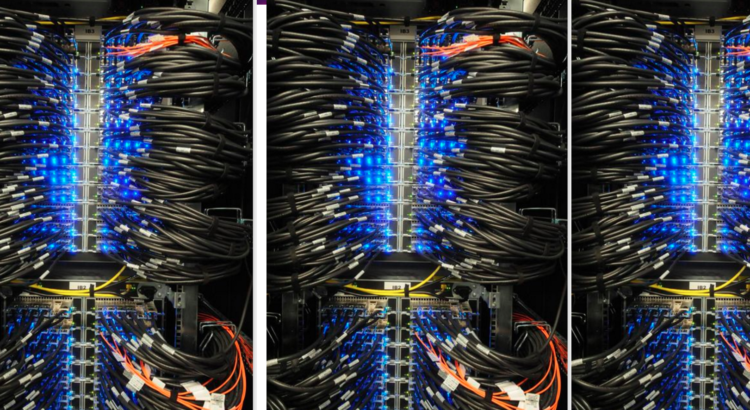In our recent live SNIA Network Storage Forum webcast, “Next-generation Interconnects: The Critical Importance of Connectors and Cables” provided an outstanding tutorial on the latest in the impressive array of data center infrastructure components designed to address expanding requirements for higher-bandwidth and lower-power. They covered common pluggable connectors and media types, copper cabling and transceivers, and real world use cases. If you missed the live event, it is available on-demand.
We ran out of time to answer all the questions from the live audience. As promised, here are answers to them all.
Q. For 25GbE, is the industry consolidating on one of the three options?
A.
The first version of 25 GbE (i.e. 25GBASE-CR1)
was specified by the Ethernet Technology Consortium around 2014. This was
followed approximately two years later by the IEEE 802.3 versions of 25 GbE
(i.e. 25GBASE-CR-S and 25GBASE-CR). As a result of the timing, the first 25 GbE
capable products to market only supported consortium mode. More recently
developed switches and server products support both consortium and IEEE 802.3
modes, with the link establishment protocol favoring the IEEE 802.3 mode when
it is available. Therefore, IEEE 802.3 will likely be the incumbent over the
long term.
Please note that there is no practical difference between Consortium vs. IEEE
802.3 for short reaches (<=3m) between end points, where a 25G-CA-N
cable is used. The longer cable reaches above 3m (CA-25G-L) requires the
IEEE 802.3 modes with forward error correction, which adds latency. The
CA-25G-S type of cable is the least common. See slide 16 and slide 17
from the presentation.
Q. What’s the max DAC cables (passive and/or active) length for 100G PAM4?
A. The IEEE P802.3ck specification for 100 Gb/s/lane copper cable PHYs targets a reach of at least 2 meters for a passive copper cable. Because the specification is still in development, the exact reach is still being worked out. Expect >2 meters for passive cables and 3-4 meters for active cables. Note that this is a reduction of reach from previous rates, as illustrated on slide 27, and that DAC cables are not for long range and generally used for very short interconnections between devices. For longer reaches, AOC cables are preferred.
The passive copper cable length is primarily driven by the performance of the SERDES in the host (i.e. switch, server, FPGA, etc) and the construction materials of the cable assembly. Active copper cables (ACCs or AECs) use several different methods of signal conditioning to increase the cable reach; more sophisticated solutions have greater reach, greater latency and greater cost. See slide 35.
Q. What’s the latency difference between active and passive DAC (PAM4 encoding)?
A. Passive copper cables do not contain signal conditioning electronics. Active copper cables (ACCs or AECs) use several different methods of signal conditioning to increase the cable reach; more sophisticated solutions have greater reach, greater latency and greater cost. See slide 35. A simple active cable may use one or more linear equalizer IC where as a complex cable uses a full retimer that may use FEC logic embedded inside.
For 50G PAM4 rates, the difference in one-way latency between a passive copper cable and a simple active copper cable is ~20 nsec. The difference between a passive copper cable and a complex active copper cable could be as high as ~80 nsec.
Q. Can you comment about “gearbox” cables (200G 4lane (@56G) to 100G 4 lane (@28G)?
A. A few companies are supplying cables that have 50G PAM4 on one end and 25G-NRZ on the other with gear box. We see it as a niche; used to link new to older equipment.
Q. Showing QSFP instead of OSFP on slide 29 in the image at the top right?
A. Good catch. That was a mistake on the slide. It has been corrected. Thanks.
